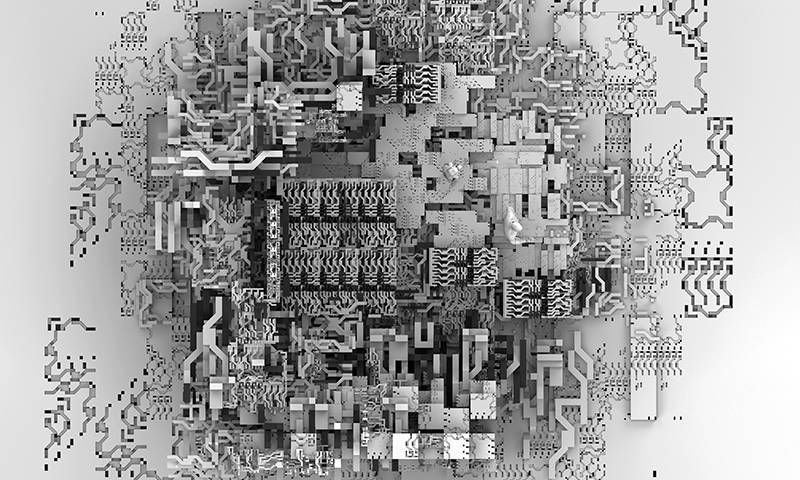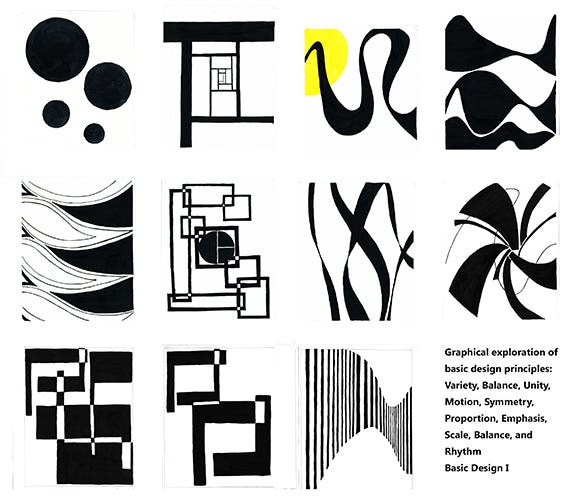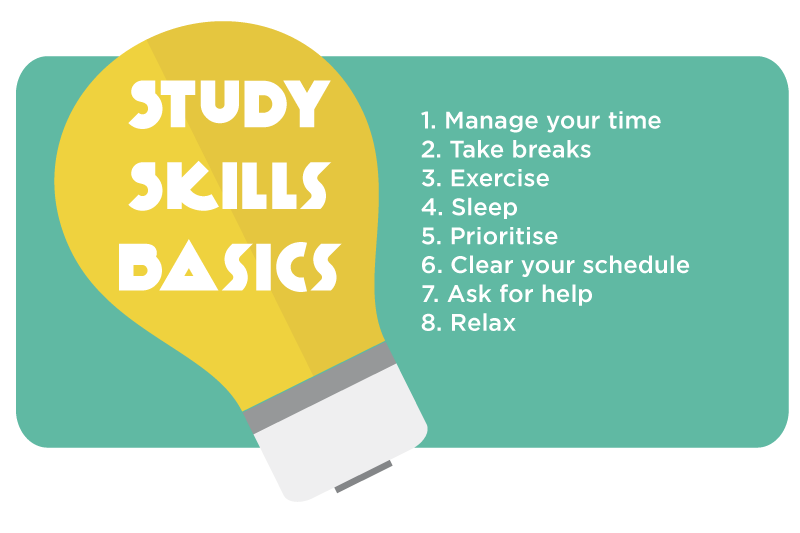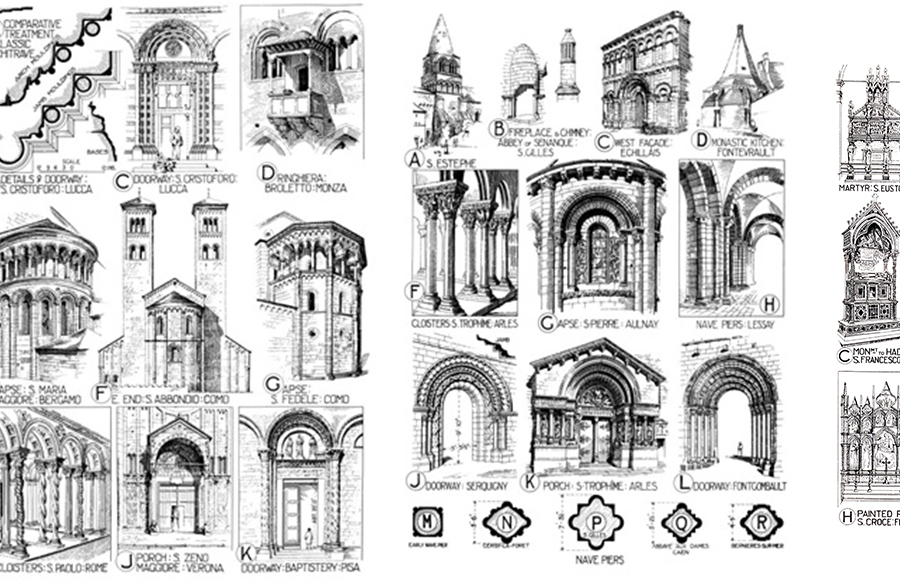- Teacher: Jean Paul DUSINGIZIMANA

1.Welcome message
2.Module Aim
This module introduces the student of architecture into critical analysis of key components of buildings. It delves into the understanding of ideological concepts that give birth to our interaction and relationship with the built environment.
3.Intended learning outcomes
Having successfully completed the module, students should be able to:
i. Express clear understanding of the concept of space
ii. Delineate the modal difference in definition of space
iii. Demonstrate an understanding of qualities of space and relationships
iv. Demonstrate a familiarity with the Concept of space in its entirety
v. Portray a thorough understanding of inherent architectural issues and are able to express these ideas in a structured and coherent way
vi. Demonstrate skill and confidence in ordered and coherent expression, both written and spoken
vii. Learn independently in familiar and unfamiliar situations with open mindedness and in a spirit of critical enquiry.
viii. Work constructively as a member of a team and to manage both time and other sources effectively to meet the deadlines.
ix. Demonstrate general numerical skills and problem solving skills.
4.Facilitator's Contact
5. Self Discussion Forum
- Teacher: ogbole gregory anthony ogah

The course of Basic Design I was introduced to provide the fundamental graphic expression, representation, and basic design background required to pursue studies in the discipline of architecture. It provides and introduction to the drawing types and techniques architects use to communicate their work: two-dimensional and three-dimensional representation in freehand sketching, perspective, and hardline drawings. Basic design principles and exercises are introduced to complement the drawing lessons. In addition, modeling of structures will also be introduced during the course. At the end of this course, students will be able to understand the basic architectural drawings which are used in Construction industry.
Having successfully completed the module, students should be able to demonstrate knowledge and understanding of:
- Basic architectural drawings, including plans, sections, and elevations, Various drawing techniques and methods.
- Modeling, Thumbnail perspective views, Proportioning of forms and general design principles, Illustrate figures in legible style using freehand sketches, Represent forms in communicable 2 & 3 dimensional drawings.
- Generate balanced basic designs and compositions, accurately represent basic forms in two and three-dimensional drawings.
- Relate objects at varying scales and distances with proper proportioning, Develop visual concepts of the form of convincing 2 & 3 dimensional models and drawings, Learn with given constraints.
- Teacher: Mahmoud Altemmamy
- Teacher: IYAKAREMYE Victor

This course was introduced to develop students’ academic skills by enabling them to meet the requirements of study at Higher Education in a variety of contexts and to develop the specialist study skills relevant to their course of study and professional aspirations. The content of this module include finding and analyzing professional and academic literature, scientific writing, plagiarism and referencing, reading skills, Thinking, reasoning and constructing critical arguments, essential technology skills, presentation and interpretation of numerical data, self–management, setting and mapping goals, working with others (teamwork): methods and approaches to successful team working. At the end of the course, students will be able to undertake research by finding useful articles, and use those articles in their project.
Having successfully completed the module, the student should be able to demonstrate understanding and knowledge of:
- Finding and analyzing professional and academic literature.
- Scientific writing, plagiarism and referencing.
- Reading skills.
- Thinking, reasoning and constructing critical arguments.
- Essential Technology skills
- Presentation and interpretation of numerical data
- Self–management
- Setting and mapping goals
- Working with others: methods and approaches to successful team working
- Teacher: Felicien SEBAHIRE

This course is a global-oriented survey of the history of architecture, from the prehistoric to the sixteenth century. It treats buildings and environments, including cities, in the context of the cultural and civilizational history. It offers an introduction to design principles and analysis. Being global, it aims to give the student perspective on the larger pushes and pulls that influence architecture and its meanings, whether these be economic, political, religious or climatic. The module will present a wide ranging series of ideas which have either informed the production of ancient buildings or help in understanding how their production has been influenced by their physical, social, economic, cultural or political context. The module aims to introduce students to areas of investigation and investigative methods that might be developed or utilized in their later years.
Having successfully completed the module, students should be able to demonstrate knowledge and understanding of:
i. Issues and paradigms in the evolution of vernacular and traditional architectural trends
ii. Analyze the environmental, technological, and social contexts for these architectural trends
iii. Salient features in the development of Eastern, Western and Islamic Architecture
iv. Cultural and scientific issues in the main stream(s) of Ancient Africa Architecture
v. Articulate a clear sense of the richness of architectural past
vi. Demonstrate a familiarity with the basic geographical and chronological framework of ancient architecture.
vii. Portray a thorough understanding of inherent architectural issues and are able to express these ideas in a structured and coherent way
- Teacher: Denis TWINOMUGISHA

The course aims to provide students with guidance on how they can represent their ideas and creativity. The course should target the basic presentation skills students need to produce quality work and present it properly. The studio course will be a practice field for the students, because they will have to use the learnt techniques to present their projects at the final pin up. This course introduces basic methods, media and concepts. It emphasizes drawing from observation with development of relative value, negative/positive space and shape, composition, line, edge development, volumetric analysis of form, light and perspective.
Having successfully completed the module, students should be able to:
- Draw a scene using different styles using freehand drawing.
-Produce pieces of art that express their opinions or views about given topics.
-Produce a well presented drawing composed of a set of other drawings
- Teacher: Denis TWINOMUGISHA
History of Architecture II is introduced to explore modern styles and languages, their influence on architectural designs .It examines the spatial, formal and structural components of key buildings from these periods and the ideas of the main protagonists.
Having successfully completed the module, students should be able to:
i. Describe key buildings and identify significant moments in this period of architectural history
ii. Illustrate how these buildings and their authors responded to functional, aesthetic and structural
iii. Identify and give an account of the major design styles and movements during this period
iv. Demonstrate an understanding of the context and development of the major design styles and movements
v. Demonstrate a familiarity with the basic geographical and chronological framework of international style and 20th century Movements of Architecture
vi. Portray a thorough understanding of inherent architectural issues and be able to
vii. Express these ideas in a structured and coherent way
- Teacher: James MBABAZI
- Teacher: ogbole gregory anthony ogah

This Course covers information and communication technology (ICT), using the computer and managing files, word processing; spreadsheets; presentations; web browsing, and communication.

